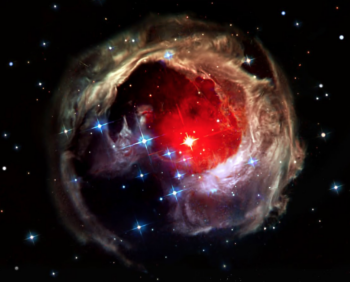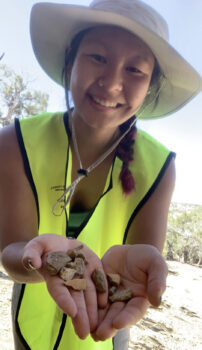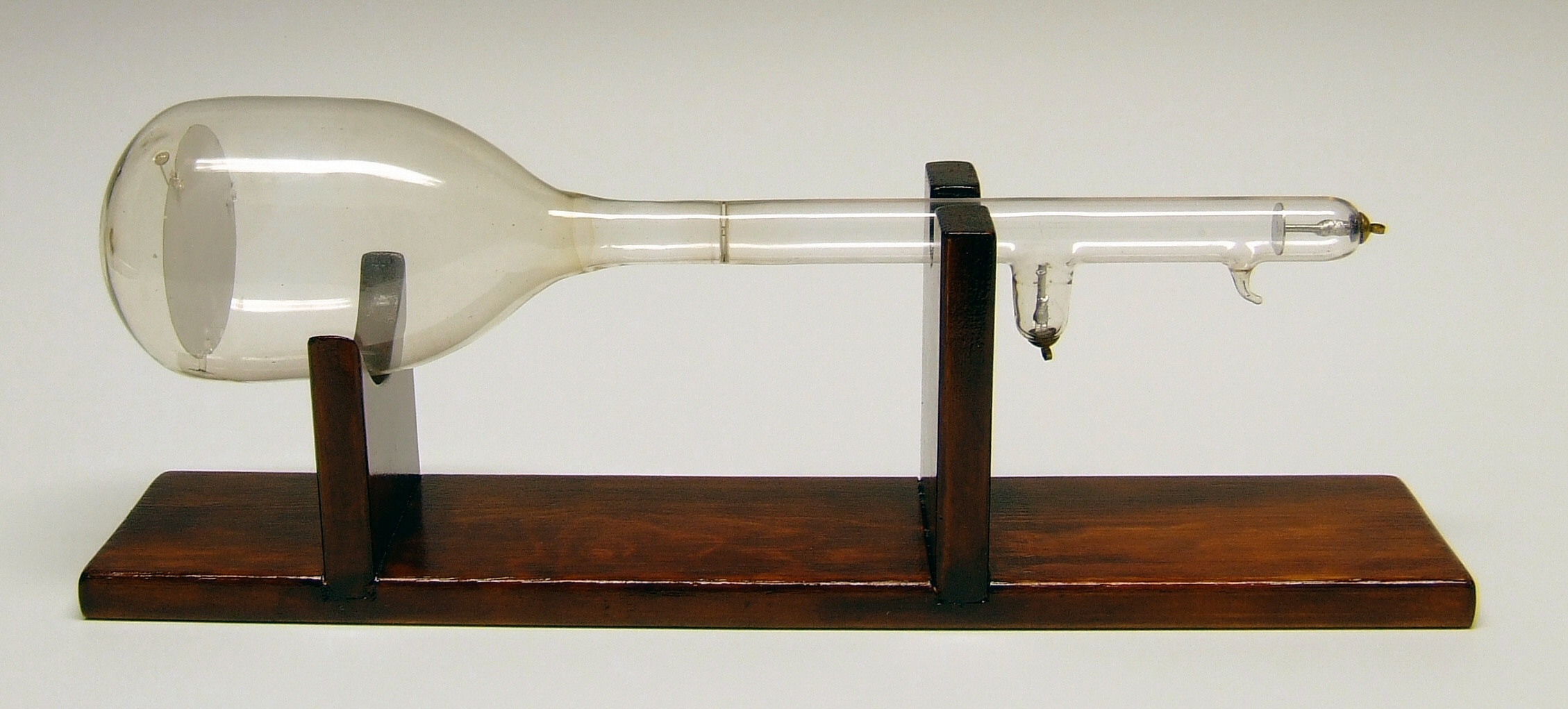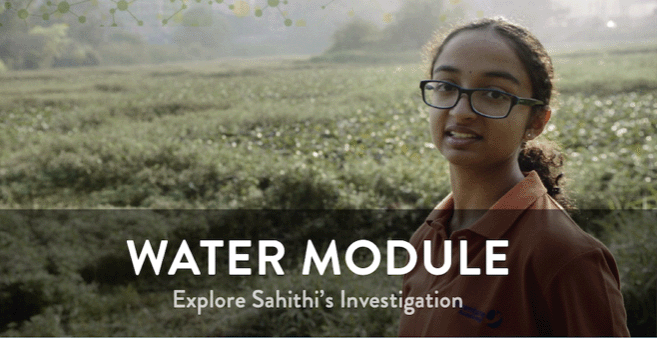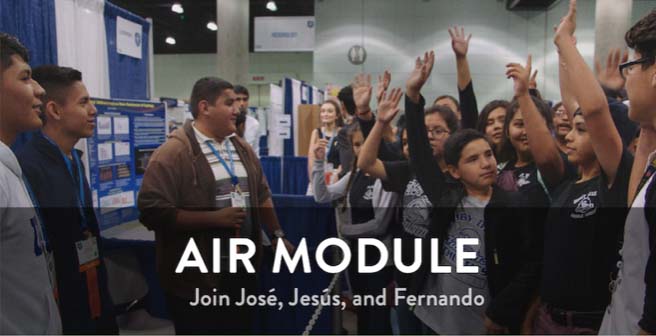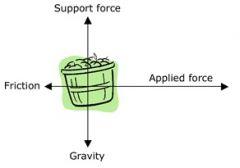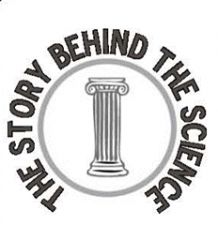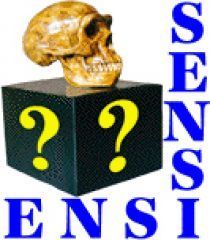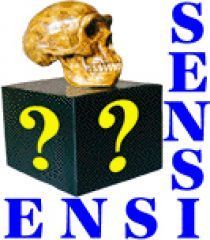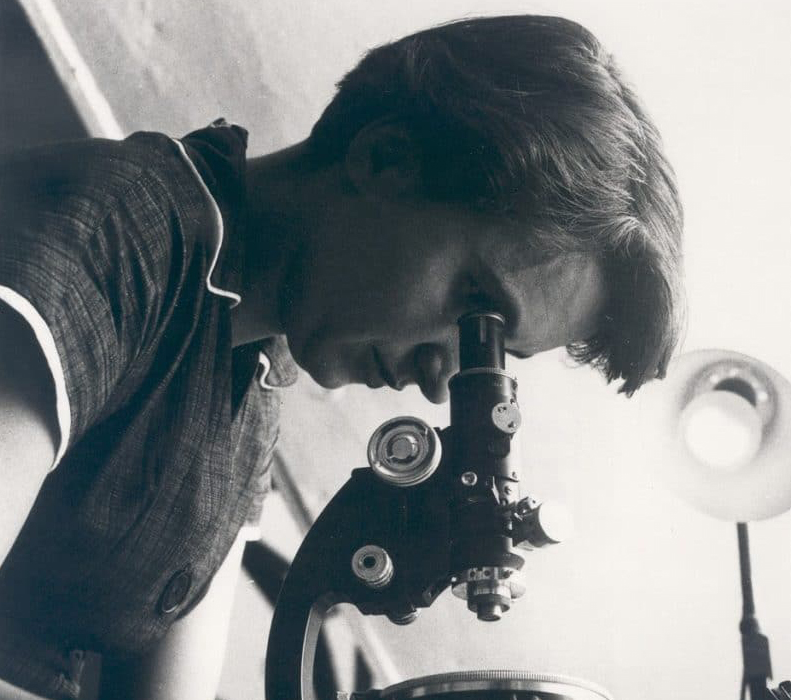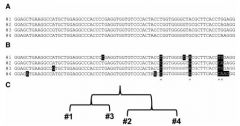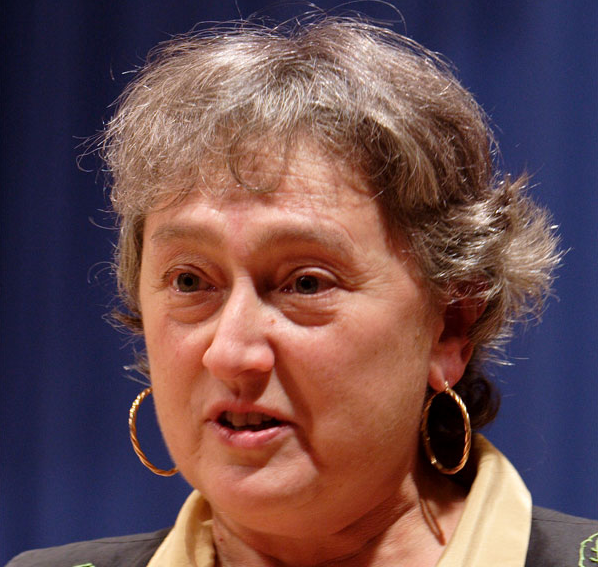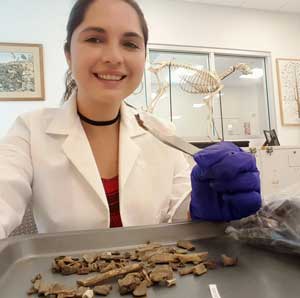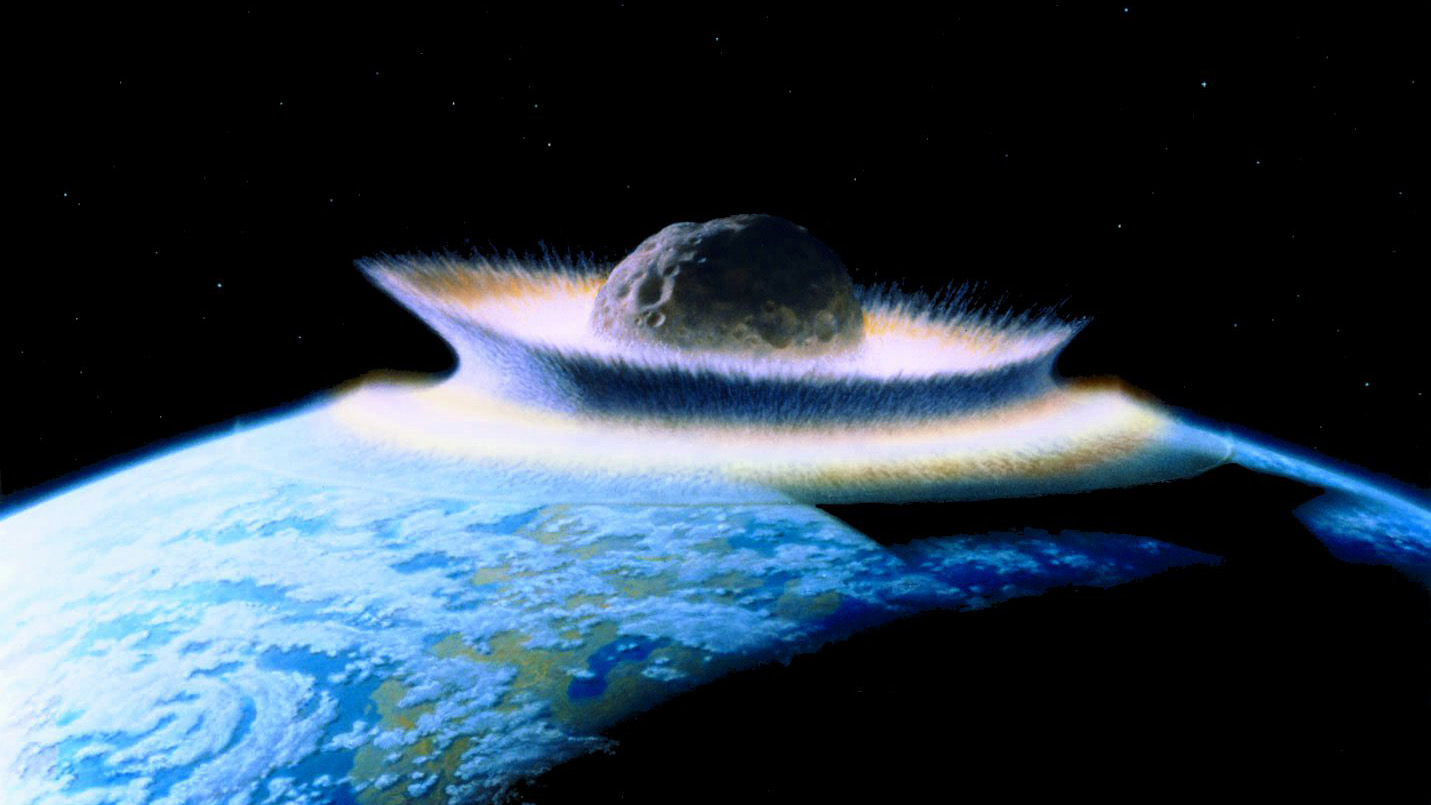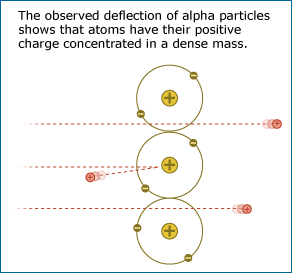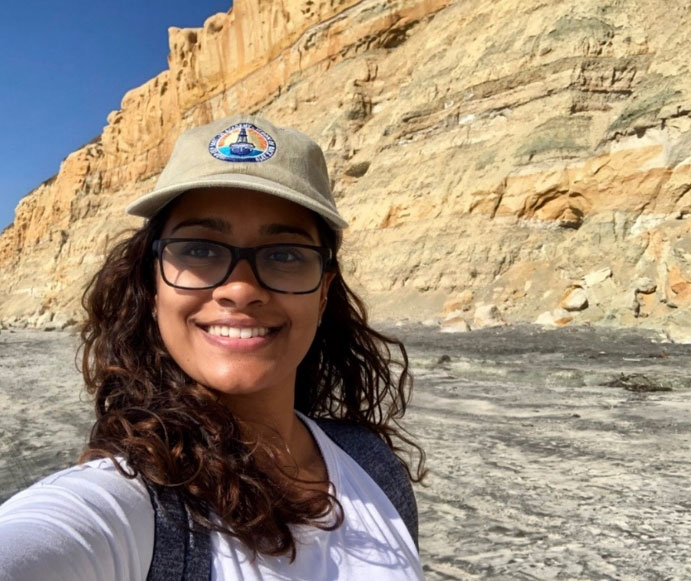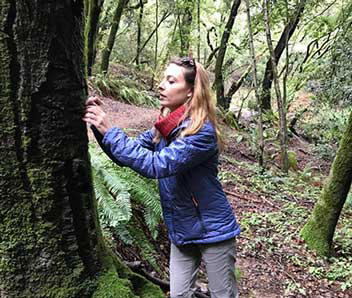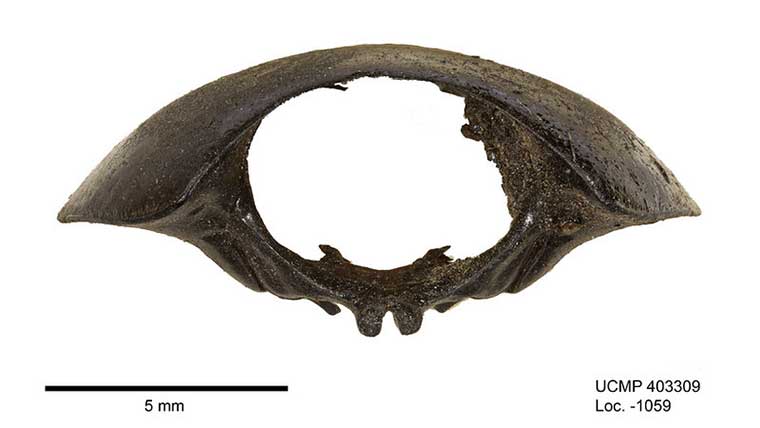Search by:
To search for teaching materials that address particular concepts in our conceptual framework, visit the teaching guide for your grade level:
K-2, 3-5 , 6-8, 9-12, or College
Found 24 resources:
Luminous
Grade Level(s):
- 9-12
- College
Source:
- Sam Smartt
Resource type:
- classroom activity
- Science Story
- video
Discipline:
- Space science
Time: 2-8 hours
Overview
The film LUMINOUS (now freely available through many libraries and the Kanopy platform) tells the story of astronomer Larry Molnar as he investigates a distant, double-star system, about which he makes a daring and explosive prediction. Interviews with Dr. Molnar’s diverse set of colleagues, collaborators, and skeptics highlight science as a community and intensely human endeavor, debunking the myth of the lone scientist conducting dispassionate research. The Luminous Science Education Toolkit provides classroom activities to support students' interpretation of the film.
Finding community among fossils
Grade Level(s):
- 9-12
- College
Source:
- UC Museum of Paleontology
Resource type:
- Science Story
Discipline:
- Life Science
Time: 5 minutes
Overview
This Science Short illustrates how day-to-day community-level interactions shape the course of science. Get tips on using Science Stories in class.
The importance of global museum communities and collections
Grade Level(s):
- 9-12
- College
Source:
- UC Museum of Paleontology
Resource type:
- Science Story
Discipline:
- Earth science
Time: 10 minutes
Overview
In this Science Short paleontologist Ashley Dineen discusses her path to science and her interactions with the global scientific community. Get tips on using Science Stories in class.
Science and technology on fast forward
Grade Level(s):
- 9-12
- College
Source:
- UC Museum of Paleontology
Resource type:
- Science Story
Discipline:
- Life Science
- Physical Sciences
Time: 20 minutes
Overview
Teach about how technological and scientific advances propel one another forward, using an example that connects the cathode ray tube to modern DNA technologies. Get tips on using Science Stories in class.
Designing your very own science experiment
Grade Level(s):
- 9-12
Source:
- Stefanski, Mark
Resource type:
- lab activity
Discipline:
- Life Science
Time: 2-4 class periods
Overview
Students design and carry out an experiment using pill bugs (isopods). Other organisms could be used in place of the pill bugs. Students reflect on the process used by charting their pathway on the Science Flowchart.
Inventing Tomorrow: Water Module
Grade Level(s):
- 6-8
- 9-12
Source:
- WGBH
Resource type:
- classroom activity
Discipline:
- Earth science
Time: 10-12 class periods
Overview
This module uses a film about student Sahithi Pingali, who investigates water quality in her hometown in Bangalore, as a jumping off point for students to expand their understanding of eutrophication and the process of science.
Inventing tomorrow: Air Module
Grade Level(s):
- 6-8
- 9-12
Source:
- WGBH
Resource type:
- classroom activity
Discipline:
- Earth science
Time: 10-12 class periods
Overview
This module (on the right) uses a film about students José, Jesús, and Fernando, who investigate smog in their town in Mexico, as a jumping off point for students to expand their understanding of air pollution, global warming, and the process of science.
Introducing the Understanding Science Flowchart to middle school students
Grade Level(s):
- 6-8
Source:
- UC Museum of Paleontology
Resource type:
- classroom activity
Discipline:
- Earth science
Time: 1-2 class periods
Overview
Students read a story about Walter Alvarez and then plot his scientific journey on the Understanding Science Flowchart. Students find that science is seldom a linear story.
Introducing the Understanding Science flowchart
Grade Level(s):
- 9-12
- College
Source:
- UC Museum of Paleontology
Resource type:
- classroom activity
Discipline:
- Earth science
Time: 90 minutes
Overview
Students participate in a quick activity and discuss whether they were doing science. They then read a story about Walter Alvarez, discuss the process of science, and trace his scientific journey using the Science Flowchart.
Newton’s 2nd law: Inquiry approach
Grade Level(s):
- 9-12
Source:
- Tung, Cecilia
Resource type:
- classroom activity
Discipline:
- Physical Sciences
Time: One to two class periods
Overview
Students act as colleagues of Isaac Newton. Students focus on how to design a procedure to test Newton's hypothesis and then communicate that idea to others. The emphasis is on the process rather than the actual results.
The story behind the science
Grade Level(s):
- 9-12
- College
Source:
- Iowa State University
Resource type:
- article
Time: Variable
Overview
Thirty stories spanning five disciplines help students explore key science concepts through the eyes of the scientists who were involved, while emphasizing the nature and process of science.
The Hobbit: When scientists disagree about the evidence
Grade Level(s):
- 9-12
- College
Source:
- Visionlearning
Resource type:
- classroom activity
Discipline:
- Life Science
Time: One class period
Overview
This classroom activity, adapted from an exercise on PBS's NOVA website, provides an excellent example of an active debate within the scientific community regarding a relatively recent human fossil find, Homo floresiensis.
The checks lab
Grade Level(s):
- 9-12
Source:
- ENSI
Resource type:
- classroom activity
Time: One class period
Overview
Students construct plausible scenarios to explain a series of canceled bank checks. They revise their original hypotheses with new evidence and learn how human values and biases influence observation and interpretation.
The great fossil find
Grade Level(s):
- 6-8
- 9-12
- College
Source:
- ENSI
Resource type:
- classroom activity
Discipline:
- Life Science
Time: one class period
Overview
Students are taken on an imaginary fossil hunt and form hypotheses about the identity of the creature they discover. Students revise their hypotheses as new evidence is found.
The structure of DNA: Cooperation and competition
Grade Level(s):
- 9-12
- College
Source:
- UC Museum of Paleontology
Resource type:
- Science Story
Discipline:
- Life Science
Time: 2-3 periods
Overview
This Science Story examines how evidence and ideas from different research groups contributed to the discovery of the structure of DNA. Get tips for using science stories in class.
Teaching the Process of Molecular Phylogeny and Systematics: A Multi-Part Inquiry-Based Exercise
Grade Level(s):
- 9-12
- College
Source:
- Lents, Nathan
Resource type:
- lab activity
Discipline:
- Life Science
Time: 1 to 4 class periods or one 3 hour lab session
Overview
Students explore molecular data from Homo sapiens and four related primates and develop multiple hypotheses regarding the ancestry of these five species by analyzing DNA sequences, protein sequences, and chromosomal maps.
Endosymbiosis: Cells within cells
Grade Level(s):
- 9-12
- College
Source:
- UC Museum of Paleontology
Resource type:
- Science Story
Discipline:
- Life Science
Time: one period
Overview
This Science Story on endosymbiosis explores the career of microbiologist Lynn Margulis and how an unlikely idea overcame strong resistance within the scientific community and finally came to be an accepted part of evolutionary theory. Get tips for using science stories in class.
Ancient bones, modern problems: One scientist’s trash is another scientist’s data
Grade Level(s):
- 9-12
- College
Source:
- UC Museum of Paleontology
Resource type:
- research profile
- Science Story
Discipline:
- Life Science
Time: 20 minutes
Overview
Learn how scientists reuse and upcycle their data, while following graduate student Maria Viteri as she investigates ancient and modern small mammal communities. Get tips for using science stories in class.
Asteroids and dinosaurs: Unexpected twists and an unfinished story
Grade Level(s):
- 9-12
- College
Source:
- UC Museum of Paleontology
Resource type:
- Science Story
Discipline:
- Earth science
- Life Science
Time: 2 class periods
Overview
This story uses the Science Flowchart to map Walter Alvarez's scientific journey as he investigates an intriguing hypothesis about the extinction of the non-Avian dinosaurs. Get tips for using science stories in class.
Rutherford’s enlarged: A content embedded NOS activity
Grade Level(s):
- 9-12
Source:
- Abd-El-Khalick, Fouad
Resource type:
- lab activity
Discipline:
- Physical Sciences
Time: One class period
Overview
Students reason about a model of Ernst Rutherford's famous experiment supporting the idea of the atomic nucleus. They differentiate between observation and inference and see the role of creativity in the process of science.
From Caribbean girl to California geologist
Grade Level(s):
- 9-12
- College
Source:
- UC Museum of Paleontology
Resource type:
- Science Story
Discipline:
- Earth science
Time: 5 min
Overview
This Science Short illustrates how sedimentologist Liselle Persad's science was shaped by the landscape of Trinidad and Tobago, where she grew up. Get tips on using Science Stories in class.
From city girl to naturalist
Grade Level(s):
- 9-12
- College
Source:
- UC Museum of Paleontology
Resource type:
- Science Story
Discipline:
- Life Science
Time: 5 min
Overview
This Science Short illustrates how scientists are shaped by their personal experiences in the context of research about fossil insects. Get tips on using Science Stories in class.
Fossil insects take to social media
Grade Level(s):
- 9-12
- College
Source:
- UC Museum of Paleontology
Resource type:
- Science Story
Discipline:
- Life Science
Time: 5 min
Overview
This Science Short illustrates scientific collaboration in the context of research about fossil insects. Get tips on using Science Stories in class.
Age dating star clusters
Grade Level(s):
- 9-12
Source:
- Whitfield, Lisé
Resource type:
- lab activity
Discipline:
- Space science
Time: ~ one hour
Overview
Students explore how classification and graphing are used by astronomers to determine the age of star clusters. They will measure the color and brightness of stars, as proxies for temperature and luminosity.

